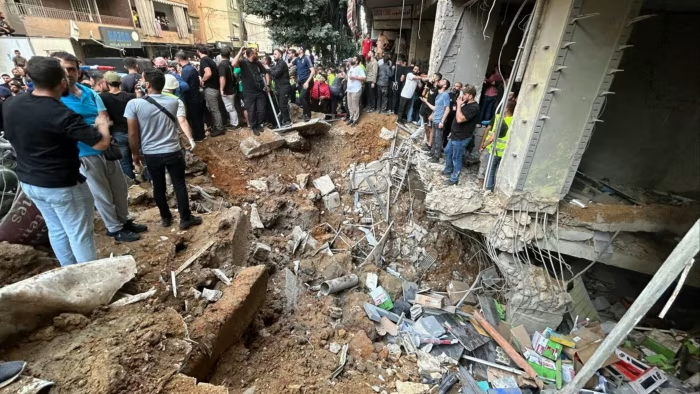Two years after an American attack in Baghdad airport which killed Iranian General Soleimani, people keep the call against US presence in Iraq.
Unlike western people who recall the happy days of new year in January, the month for most people in the Middle East recalls the bloody attack in Baghdad airport. It was early in the morning of January 3rd when an American drone targeted some cars leaving the airport. The main Target was Iranian Major General Qassem Soleimani.
Then US president Donald Trump personally ordered and supervised the attack. It drew harsh response from Iran, Iraq and dozens of other countries from different corners of the world. Tehran promised hard retaliation against US in a what it said won’t be a single move.
Two years after the attack that shook the world for hours and the Middle East for days, people in Iran and Iraq still call for revenge. Along with Soleimani, a high-rank Iraqi commander of the Popular Mobilisation Forces lost his life. Abu Mahdi al-Muhandis was at the airport to welcome and receive the Iranian General.
Tens of Thousands of Iraqis gathered in Baghdad to commemorate the “martyrs of Baghdad airport” two years after their assassination. the rallies turned into a demonstration against American forces in Iraq after a few hours.
The protesters chanted “Death to America” as they gathered in a Baghdad plaza to pay tribute to Iranian General Soleimani. Soleimani was the commander-in-chief of IRGC Quds Force, the foreign branch of Iran’s major military force.
One placard at the event held by attendees said, “US terrorism must cease.” Another poster stated, “we will not let you stay in the country of the martyrs after today.” Flags of the United States and Israel were thrown over the ground, with individuals stomping them.
Qassem Soleimani Assassination; Aims Backfire
Following the January 3 attack at Baghdad airport, a series of developments occurred that changed the political peculiarities of region. The first shift occurred in Iraq where a major part of the nation rose against the US political influence and military involvement.
Large protests across Iraq was the primary backlash against the Trump-devised operation. People condemned the US and its military presence and called for local government’s intervention in ousting foreign forces. The impact of the attack could be still observed in political and societal development of Iraq after two years.
The second response came from Iranians where millions of people in Tehran and Kerman, birthplace of Soleimani, attended his funeral. France 24 reported then that the number of people in other major cities like Mashhad and Qom also exceeded millions.
A BBC report assessed the million-people procession as a large protest against the American hostility. The British news service covered the whole procession as an indication of big incidents expecting the region. Iran didn’t wait too long to show the first military response.
Five days after the Assassination of Iranian General Soleimani, IRGC border troops launched missile attack against American Ayn al-Asad airbase. Located in Al Anbar Governorate, the airbase was hit by 12 ballistic missile of different types.
A video report by CNN weeks after the so-called Operation Martyr Soleimani revealed the deep damages to the billion-dollar airbase. Besides, dozens of American troops still suffer from the traumatic effects of the attack.
Operation Martyr Soleimani was the first Iranian direct confrontation with the US in years. It proved the start of a road that could wipe the US influence off the Middle East. As such, Trump plan for the region backfired as it led to debilitation of US strategic position.








